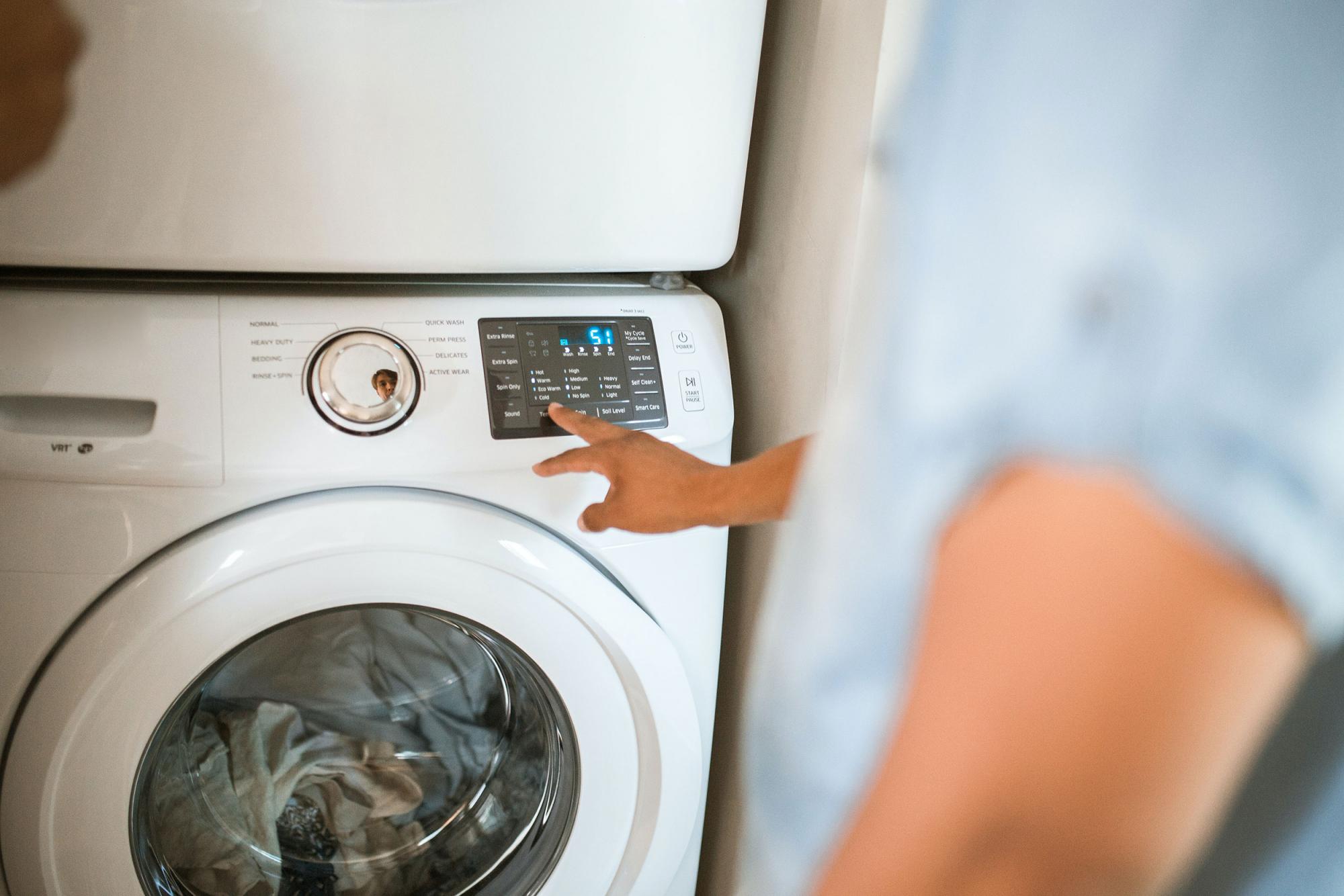Laundry. It’s a necessary chore for each and every household. But, while you’re making your whites whiter and your colors brighter, are you making sure that you and your family are safe?
Here are some electrical safety tips for your laundry room courtesy of Northeastern REMC.
Make sure your washer and dryer are correctly connected to your home’s electrical system. Washers need only a standard 110-volt outlet to operate (the kind you find anywhere in your home), while electric dryers should have an independent 220-volt outlet for safe operation. Overloading an outlet, or a circuit, by having too many appliances attached to it can lead to an electrical fire. If you have questions regarding the wiring for your laundry equipment, please consult a qualified electrician.
Does your laundry area employ a utility sink? NEC (National Electrical Code) Code 210.8 (7) recommends a GFCI outlet (ground fault circuit interrupter) be installed if an outlet/receptacle is within 6 feet of the outside edge of the sink. GFCIs are designed to prevent shock by shutting off an electric circuit when it detects that current is flowing along an unintended path, possibly through water or through a person. Remember, water and electricity do not mix.
Have a flood in your laundry area? Never step into a flooded room if water may be in contact with electrical outlets, appliances or cords. The water could be energized, which could lead to electrocution.
If an electrical appliance, such as a washer or dryer, has come into contact with water, have a professional determine if it can be repaired or if it needs to be replaced.
Other safety tips for your laundry room include:
- Clean your dryer’s lint trap after each load.
- Regularly inspect the ductwork at the back of your dryer to make sure lint has not been collected there.
- On the outside of your home, check where the dryer vent’s hot air is released to make sure the vent opens to let the air out when the dryer is running and that it’s not clogged with lint. A clogged dryer vent could lead to a fire. The Consumer Product Safety Commission reports that washers and dryers were involved in one of every 22 home fires reported between 2006-10.
- Regularly inspect your washer’s hot and cold water hoses for cracks or other damage to prevent flooding. Some experts even recommend turning off the hot and cold water valves to your washer between uses.
- Childproof your laundry area. Consider installing locks on front-loading washers and dryers to keep small children from danger. Place detergents and other harmful products well away from curious youngsters.
- Never leave washers or dryers running while away from the home.
By following these safety tips, you can keep your laundry flowing and your family safe from danger.
Sources: National Electrical Code, safeelectricity.org, healthychildren.org, alliedinsurance.com.

